Distance Formulas
The next two sections describe a number of formulas that are handy for applications.
Formula. Let L be a line defined by a point Q and direction vector v and let P be a point. The point
Figure 6.14. Computing the distance from a point to a line.
is the unique point of L that is closest to P. If d is the distance from P to L, then
Alternatively,
Proof. We shall only prove the first formula. The second is Exercise 6.6.1. Consider Figure 6.14. We seek the point A so that AP is orthogonal to v (Theorem 4.5.12 in [AgoM05]). The vector
is the orthogonal projection of![]()
![]() is orthogonal to v. Then
is orthogonal to v. Then![]() A solution that is concerned with minimizing the number of arithmetic operations needed to solve the problem can be found in [Morr91].
A solution that is concerned with minimizing the number of arithmetic operations needed to solve the problem can be found in [Morr91].
A straightforward generalization of Formula 6.6.1 is 6.6.2 Formula. The distance d from a point P to a plane X which contains a point Q and has orthonormal basis![]() is given by
is given by
Furthermore,
is the unique point of X which is closest to P.
Figure 6.15. Computing the distance from a point to a plane.
If one has a normal vector to a plane, then the formula for the distance of a point to it is much simpler.
Formula. The distance d from a point P to a plane X that contains the point Q and has normal vector N is given by
The point
is the unique point of X that is closest to P. Proof. See Figure 6.15. The vector
is the orthogonal projection of QP onto N. Therefore, d = |w|. Define
Then![]() is the unique point of X that is closest to P because AP is orthogonal to the plane (Theorem 4.5.12 in [AgoM05]).
is the unique point of X that is closest to P because AP is orthogonal to the plane (Theorem 4.5.12 in [AgoM05]).
Formula 6.6.3 can be restated in terms of coordinates as follows:
Formula. If X is a hyperplane in Rn defined by equation
then the distance from X to the origin is
Proof. Note that![tmp3189-137_thumb[2] tmp3189-137_thumb[2]](http://what-when-how.com/wp-content/uploads/2012/06/tmp3189137_thumb2_thumb.png) is a normal vector to plane X. Therefore, the formula is basically equation (6.22) written in coordinate form. For an efficient formula that avoids square roots see [Geor92].
is a normal vector to plane X. Therefore, the formula is basically equation (6.22) written in coordinate form. For an efficient formula that avoids square roots see [Geor92].
Two special cases of Formula 6.6.4 are worth noting. The distance from the origin to the line in the plane with equation![]() is
is
The distance from the origin to the plane in R3 with equation![tmp3189-142_thumb[2] tmp3189-142_thumb[2]](http://what-when-how.com/wp-content/uploads/2012/06/tmp3189142_thumb2_thumb.png) is
is
Formula. Let L1 be the line defined by a point P and direction vector v. Let L2 be the line defined by a point Q and direction vector w. Assume that the lines are not parallel. The distance d between L1 and L2 is given by
where
Furthermore, the point![]() is the unique point of L1 which is closest to
is the unique point of L1 which is closest to
L2. Similarly, the point![]() _ is the unique point of L2 which is closest to L1. If the lines intersect, then A = B and we have formulas for the intersection point.
_ is the unique point of L2 which is closest to L1. If the lines intersect, then A = B and we have formulas for the intersection point.
Proof. See Figure 6.16. Let A = P + sv and B = Q + tw be typical points on L1 and L2, respectively. Clearly, d = d(s,t) = dist(A,B), where the vector AB = PQ – sv + tw is orthogonal to both v and w (Theorem 4.5.12 in [AgoM04]).
Figure 6.16. Computing the distance between two lines.
Expanding the two conditions AB · v = 0 and AB · w = 0 reduces to the equations
with the indicated solutions. By the Cauchy-Schwarz inequality, the denominator D is zero precisely when the vectors v and w are parallel.
Area and Volume Formulas
This section contains some more useful formulas. The “proofs” of these formulas will rely on simple-minded geometric observations and will not be very rigorous. For rigorous proofs one would need to use a theory of areas and volumes. The most elegant approach would be via differential forms. See [Spiv65] or Section 4.9 in [AgoM05]. Finally, the formulas below are “mathematical” formulas. For efficient ways to compute them see [VanG95].
Formula. The area A of a parallelogram defined by two vectors u and v in R2 is given by
Proof. The first equality follows from properties of the cross product and the fact that A is the product of the height of the parallelogram and the length of its base. See Figure 6.17(a). The second follows from direct computation of the cross product and the indicated determinant.
Formula. The volume V of a parallelopiped defined by vectors u, v, and w in R3 is given by
Figure 6.17. The area of a parallelogram and volume of a parallelopiped.
Proof. By a rigid motion we can arrange it so that u and v lie in the plane R2. The first equality follows from the fact that V is the product of the height of the parallelopiped and the area of its base. See Figure 6.17(b). The second equality is a property of the triple product.
Note that Formula 6.7.1 is a special case of Formula 6.7.2 where we let![]()
Formula. The area A of a triangle defined by two vectors u and v in R2 is given by
Proof. This is an immediate corollary of Formula 6.7.1. Of course, we could also use the well-known formula
(The height is just the length of the orthogonal complement of v with respect to u.)
Formula. The area A of a polygon defined by points in
Figure 6.18. Computing the area of a polygon.
Proof. Consider Figure 6.18 and use Formula 6.7.3. The argument also works for nonconvex polygons.
Formula. The signed volume V of a tetrahedron with vertices![tmp3189-164_thumb[2] tmp3189-164_thumb[2]](http://what-when-how.com/wp-content/uploads/2012/06/tmp3189164_thumb2_thumb.png) and p4 is given by
and p4 is given by
where![tmp3189-167_thumb[2] tmp3189-167_thumb[2]](http://what-when-how.com/wp-content/uploads/2012/06/tmp3189167_thumb2_thumb.png) The value for V will be positive if we order the points so that the ordered basis
The value for V will be positive if we order the points so that the ordered basis![tmp3189-168_thumb[2] tmp3189-168_thumb[2]](http://what-when-how.com/wp-content/uploads/2012/06/tmp3189168_thumb2_thumb.png) induces the standard orientation of R3.
induces the standard orientation of R3.
Proof. The first equality follows from Formula 6.7.2 and the fact that the paral-lelolopiped defined by![tmp3189-169_thumb[2] tmp3189-169_thumb[2]](http://what-when-how.com/wp-content/uploads/2012/06/tmp3189169_thumb2_thumb.png) can be decomposed into six tetrahedra of equal volumes. The second equality in formula (6.31) follows from basic properties of the determinant, in particular, the fact that the determinant of a matrix is unchanged if a row of the matrix is subtracted from another row.
can be decomposed into six tetrahedra of equal volumes. The second equality in formula (6.31) follows from basic properties of the determinant, in particular, the fact that the determinant of a matrix is unchanged if a row of the matrix is subtracted from another row.
Definition. Let![tmp3189-170_thumb[2] tmp3189-170_thumb[2]](http://what-when-how.com/wp-content/uploads/2012/06/tmp3189170_thumb2_thumb.png) be a differentiable curve in the plane. Let
be a differentiable curve in the plane. Let![tmp3189-171_thumb[2] tmp3189-171_thumb[2]](http://what-when-how.com/wp-content/uploads/2012/06/tmp3189171_thumb2_thumb.png) The set
The set ![tmp3189-177_thumb[2] tmp3189-177_thumb[2]](http://what-when-how.com/wp-content/uploads/2012/06/tmp3189177_thumb2_thumb.png) is called the region subtended by the curve γ from the point p. See Figure 6.19(a).
is called the region subtended by the curve γ from the point p. See Figure 6.19(a).
Formula. Let![tmp3189-178_thumb[2] tmp3189-178_thumb[2]](http://what-when-how.com/wp-content/uploads/2012/06/tmp3189178_thumb2_thumb.png) be a curve in the plane. The signed area A of the region subtended by the curve γ from the origin is given by
be a curve in the plane. The signed area A of the region subtended by the curve γ from the origin is given by
Figure 6.19. Area subtended by curve from origin.
Proof. See Figure 6.19. Let![]() = b be a partition of [a,b]. Let
= b be a partition of [a,b]. Let![tmp3189-182_thumb[2] tmp3189-182_thumb[2]](http://what-when-how.com/wp-content/uploads/2012/06/tmp3189182_thumb2_thumb.png) be the signed area of the triangle
be the signed area of the triangle![tmp3189-183_thumb[2] tmp3189-183_thumb[2]](http://what-when-how.com/wp-content/uploads/2012/06/tmp3189183_thumb2_thumb.png) Since
Since
we get that
by Formula 6.7.3. The sign of![tmp3189-190_thumb[2] tmp3189-190_thumb[2]](http://what-when-how.com/wp-content/uploads/2012/06/tmp3189190_thumb2_thumb.png) will be positive if the curve is moving in a counterclockwise direction about the origin at
will be positive if the curve is moving in a counterclockwise direction about the origin at![]() and negative otherwise. Adding up all the
and negative otherwise. Adding up all the![]() is clearly an approximation to A and a Riemann sum that converges to the integral in the formula as the norm of the partition goes to zero.
is clearly an approximation to A and a Riemann sum that converges to the integral in the formula as the norm of the partition goes to zero.
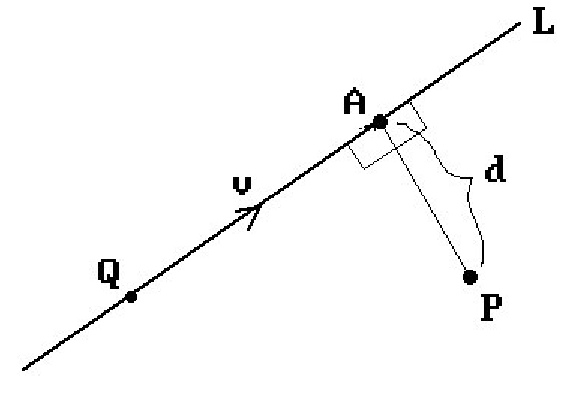
![tmp3189-114_thumb[2] tmp3189-114_thumb[2]](http://what-when-how.com/wp-content/uploads/2012/06/tmp3189114_thumb2_thumb.png)
![tmp3189-115_thumb[2] tmp3189-115_thumb[2]](http://what-when-how.com/wp-content/uploads/2012/06/tmp3189115_thumb2_thumb.png)
![tmp3189-116_thumb[2] tmp3189-116_thumb[2]](http://what-when-how.com/wp-content/uploads/2012/06/tmp3189116_thumb2_thumb.png)
![tmp3189-117_thumb[2] tmp3189-117_thumb[2]](http://what-when-how.com/wp-content/uploads/2012/06/tmp3189117_thumb2_thumb.png)
![tmp3189-126_thumb[2] tmp3189-126_thumb[2]](http://what-when-how.com/wp-content/uploads/2012/06/tmp3189126_thumb2_thumb.png)
![tmp3189-127_thumb[2] tmp3189-127_thumb[2]](http://what-when-how.com/wp-content/uploads/2012/06/tmp3189127_thumb2_thumb.png)
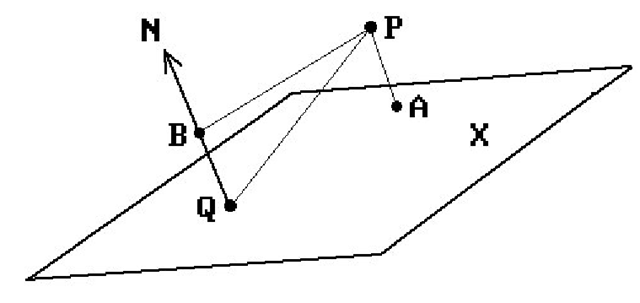
![tmp3189-129_thumb[2] tmp3189-129_thumb[2]](http://what-when-how.com/wp-content/uploads/2012/06/tmp3189129_thumb2_thumb.png)
![tmp3189-130_thumb[2] tmp3189-130_thumb[2]](http://what-when-how.com/wp-content/uploads/2012/06/tmp3189130_thumb2_thumb.png)
![tmp3189-131_thumb[2] tmp3189-131_thumb[2]](http://what-when-how.com/wp-content/uploads/2012/06/tmp3189131_thumb2_thumb.png)
![tmp3189-132_thumb[2] tmp3189-132_thumb[2]](http://what-when-how.com/wp-content/uploads/2012/06/tmp3189132_thumb2_thumb.png)
![tmp3189-135_thumb[2] tmp3189-135_thumb[2]](http://what-when-how.com/wp-content/uploads/2012/06/tmp3189135_thumb2_thumb.png)
![tmp3189-136_thumb[2] tmp3189-136_thumb[2]](http://what-when-how.com/wp-content/uploads/2012/06/tmp3189136_thumb2_thumb.png)
![tmp3189-141_thumb[2] tmp3189-141_thumb[2]](http://what-when-how.com/wp-content/uploads/2012/06/tmp3189141_thumb2_thumb.png)
![tmp3189-144_thumb[2] tmp3189-144_thumb[2]](http://what-when-how.com/wp-content/uploads/2012/06/tmp3189144_thumb2_thumb.png)
![tmp3189-146_thumb[2] tmp3189-146_thumb[2]](http://what-when-how.com/wp-content/uploads/2012/06/tmp3189146_thumb2_thumb.png)
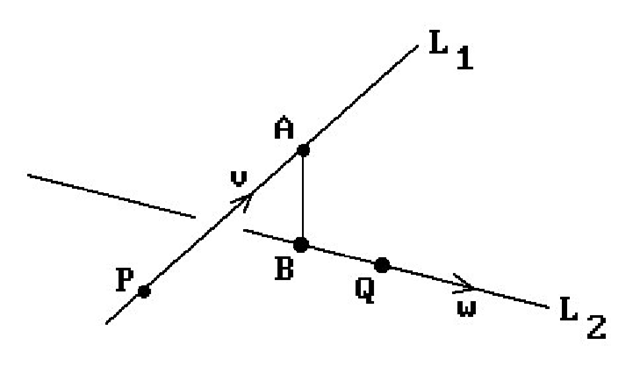
![tmp3189-152_thumb[2] tmp3189-152_thumb[2]](http://what-when-how.com/wp-content/uploads/2012/06/tmp3189152_thumb2_thumb.png)
![tmp3189-153_thumb[2] tmp3189-153_thumb[2]](http://what-when-how.com/wp-content/uploads/2012/06/tmp3189153_thumb2_thumb.png)
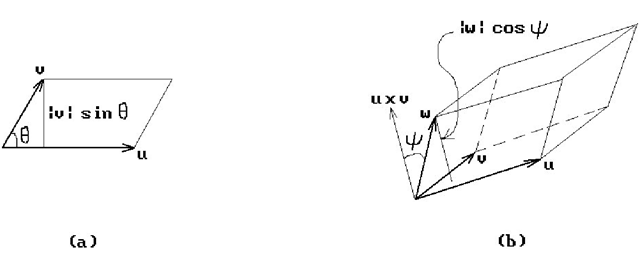
![tmp3189-155_thumb[2] tmp3189-155_thumb[2]](http://what-when-how.com/wp-content/uploads/2012/06/tmp3189155_thumb2_thumb.png)
![tmp3189-158_thumb[2] tmp3189-158_thumb[2]](http://what-when-how.com/wp-content/uploads/2012/06/tmp3189158_thumb2_thumb.png)
![tmp3189-159_thumb[2] tmp3189-159_thumb[2]](http://what-when-how.com/wp-content/uploads/2012/06/tmp3189159_thumb2_thumb.png)
![tmp3189-160_thumb[2] tmp3189-160_thumb[2]](http://what-when-how.com/wp-content/uploads/2012/06/tmp3189160_thumb2_thumb.png)
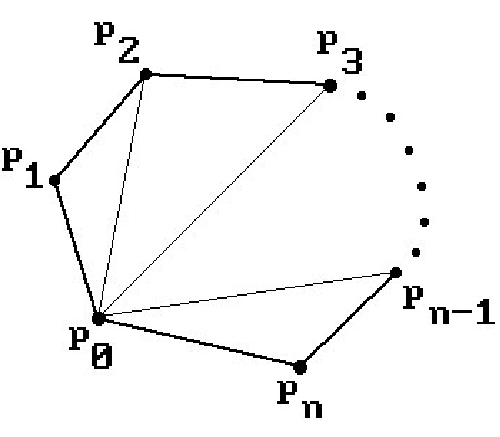
![tmp3189-163_thumb[2] tmp3189-163_thumb[2]](http://what-when-how.com/wp-content/uploads/2012/06/tmp3189163_thumb2_thumb.png)
![tmp3189-166_thumb[2] tmp3189-166_thumb[2]](http://what-when-how.com/wp-content/uploads/2012/06/tmp3189166_thumb2_thumb.png)
![tmp3189-180_thumb[2] tmp3189-180_thumb[2]](http://what-when-how.com/wp-content/uploads/2012/06/tmp3189180_thumb2_thumb.png)
![tmp3189-187_thumb[2] tmp3189-187_thumb[2]](http://what-when-how.com/wp-content/uploads/2012/06/tmp3189187_thumb2_thumb.png)
![tmp3189-188_thumb[2] tmp3189-188_thumb[2]](http://what-when-how.com/wp-content/uploads/2012/06/tmp3189188_thumb2_thumb.png)
![tmp3189-189_thumb[2] tmp3189-189_thumb[2]](http://what-when-how.com/wp-content/uploads/2012/06/tmp3189189_thumb2_thumb.png)
